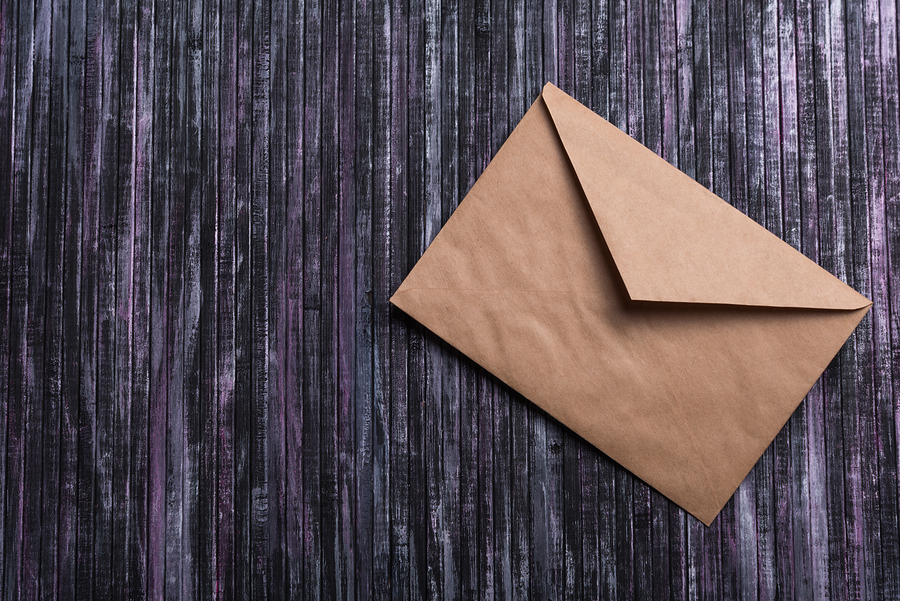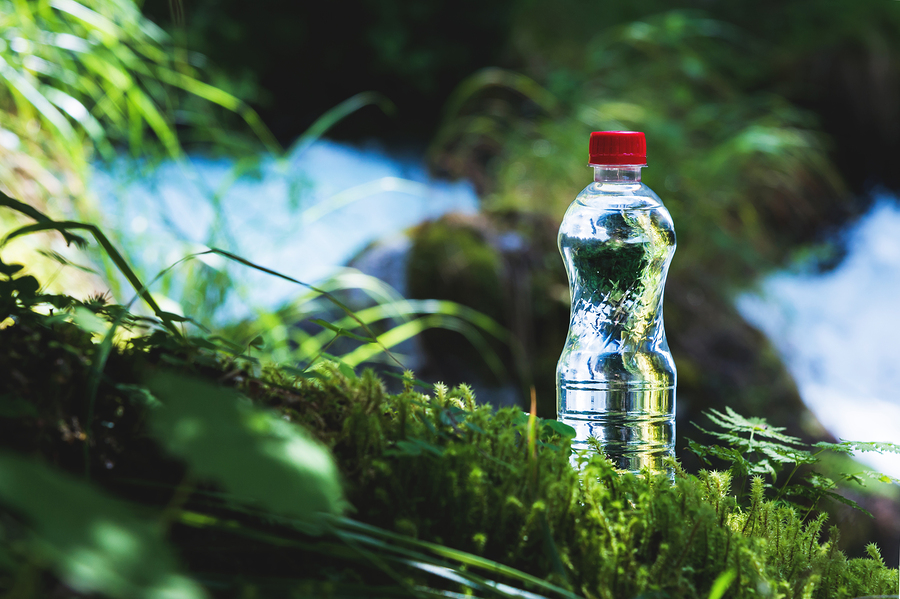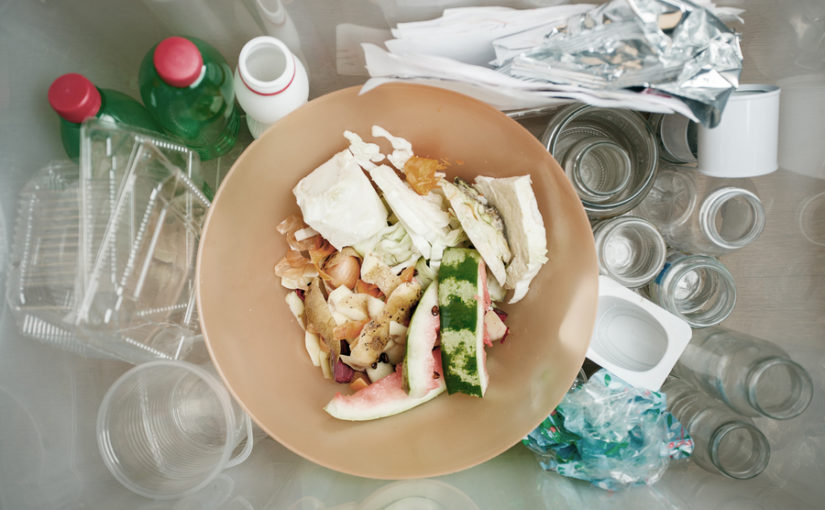Many of us would like to think we do our best when it comes to recycling, whether at home or in the workplace – but do you really know what can go in your recycling bins?
Research conducted by the British Science Association earlier this year to coincide with British Science Week found that of 2,000 people surveyed, not one could score full marks on what can be recycled and how.
Here are ten common misconceptions, including some from the BSA research, that could help you clean up your act when it comes to recycling.
1. Food wrappers
Make sure any cardboard food containers are clean or you risk contaminating an entire load of paper recycling waste – if it’s greasy or has sauce/dressings on it, don’t risk tainting your paper waste so that it all ends up in landfill or being burned.
2. Fancy paper
It’s generally only basic paper and clean cardboard that can be recycled. Wrapping paper with glitter, metallic inks or foil should not be recycled, and high-gloss magazines may or may not be acceptable.
3. Kitchen roll
By now, you can guess where this is going… kitchen roll by its very nature is likely to be soaked in all kinds of nasties by the time you throw it away, so again, don’t risk tainting recyclable paper waste with cleaning fluids, grease or other unwanted substances.
4. Kitchen foil
If you’re thinking “aha, I already don’t recycle kitchen foil!” you’re in for a shock – this is our first misconception that works the other way. As long as it’s relatively clean, kitchen foil and foil trays can usually be recycled.
5. Paper or plastic?
No, not carrier bags – we’ll get on to those in a moment. But what about items that mix paper and plastic? Envelopes with ‘windows’ can be recycled in many domestic paper recycling bins, but bubble-lined padded envelopes cannot. If it’s easy to remove the plastic, do – for example when recycling tissue boxes, if there’s a plastic flange over the opening, it’s best to pull that out.

6. Sheet glass
If the kids kick a football through the greenhouse, there’s doubly bad news coming your way – sheet window glass like broken greenhouse panes cannot be recycled. Your glass recycling should only contain jars, bottles and similar items.
7. Plastic bags
Amazingly, nearly a quarter of people surveyed by the BSA thought they could recycle plastic carrier bags in their domestic waste.
This is usually not the case – low-density polyethylene or LDPE can be identified by the number 4 inside the ‘recycling’ triangle, and while recycling it has strong environmental benefits, most domestic plastic recycling collections do not accept carrier bags.
Your local supermarket may have a collection point though, and of course you can reduce your amounts of carrier bag waste by using more ‘bags for life’ or even alternatives like cardboard boxes and sturdy jute bags.
8. Coffee cups
Disposable coffee cups are the scourge of recycling bins in recent years. Except for a very limited number of specialist collections and newly developed cups, typical takeaway coffee cups are not recyclable and should certainly never be put in with paper waste, as you could render the entire load unrecyclable.
9. Plastic straws
Interestingly, since the BSA carried out their survey, awareness about plastic drinking straws has vastly increased as many coffee shops, pubs and other establishments have stopped serving them. When the research was carried out in early 2018, more than one in five people thought drinking straws could be placed in domestic recycling.
10. What about lids?
This one’s tricky. If they’re the same type of plastic, keep the lids on as it’s easier for them to go through the processing system that way. If not, separate them, especially if the lid is not recyclable (e.g. the pump on a hand soap dispenser should always be removed).

